10–14 March 2023
The Way of Saint James
I am now at the halfway point of the Way, having just crossed the Minho River into Spain. The scenery along the route has been a wonderful mix of wilderness and farming towns, where the receptive locals are often quick to wish me a “Bom Caminho.” These small municipalities, nestled in green valleys and full of stone walls, are charming not only in their beauty but also in their simplicity. They usually consist of just a few dozen farmsteads, a cafe, and a church that tolls “Ave Maria” before telling the hour. There are no towering buildings, no advertisements, no gaudy displays of wealth. Everything and everyone seems down-to-earth, honest, and humble.
Though the Way has at times been challenging physically (twenty to thirty kilometres a day, with hills) and mentally (bouts of boredom and occasional despair due to the distance), it has overall been an excellent experience. Engaging with its rich religious history is meaningful, but equally so is walking through the countryside. This simple act helps us get in touch with our raw humanity. It connects the mind to the body, brings the senses to life, and fosters an appreciation of the things we take for granted, like food and shelter. The scarcity of amenities in the countryside makes clear just how much we depend on others for our survival, a realization which likewise fosters an appreciation for the kindness of our fellow man. So far this pilgrimage proves the old adage true: the journey is the destination.
O Caminho de Santiago
Estou agora no meio do Caminho, a ter travessado o Rio Minho à Espanha. O cenário ao longo da rota tem sido uma mistura maravilhosa de deserto e cidades agrícolas, onde os receptivos residentes costumam me desejar “Bom Caminho.” Estes pequenos concelhos, aninhados em verdes vales e repletos de muros de pedra, encantam não só pela sua beleza como pela sua simplicidade. Eles geralmente consistem em apenas algumas dezenas de fazendas, um café, e uma igreja que toca “Ave Maria” antes de contar as horas. Não há prédios altos, nem anúncios, nem exibições berrantes de riqueza. Tudo e todos parecem ter os pés no chão, honestos, e humildes.
Embora o Caminho às vezes tenha sido desafiador fisicamente (vinte a trinta quilómetros por dia, com colinas) e mentalmente (ataques de tédio e desespero ocasional devido à distância), no geral é uma experience excelente. Envolver-se com a sua rica história religiosa é significativo, mas também é significativo caminhar pelo campo. Estes simples ato nos ajuda a entrar em contato com nossa humanidade crua. Ele conecta a mente ao corpo, dá vida aos sentidos, e promove uma apreciação das coisas que consideramos certas, como comida e abrigo. A escassez de comodidades no campo deixa claro o quanto dependemos dos outros para a nossa sobrevivência, uma constatação que também promove o apreço pela bondade de nossos semelhantes. Até agora, esta peregrinação prova que o velho ditado é verdadeiro: a jornada é o destino.
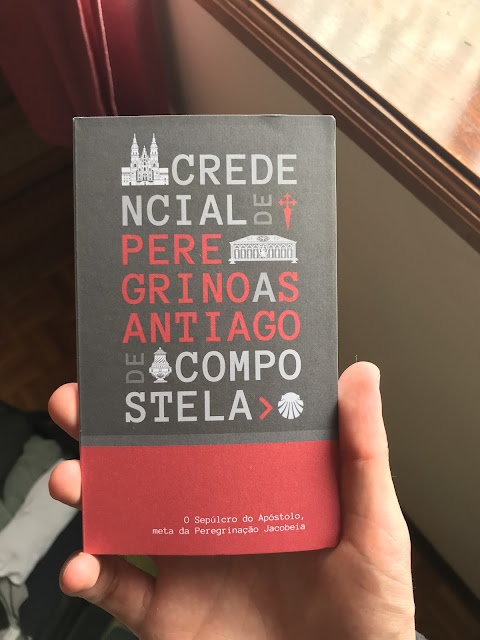
























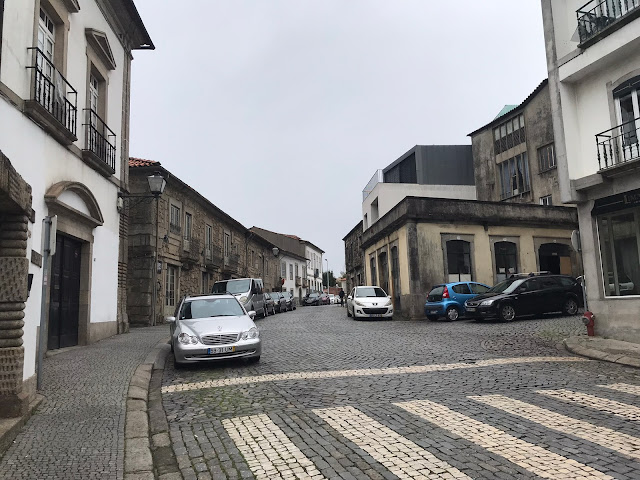






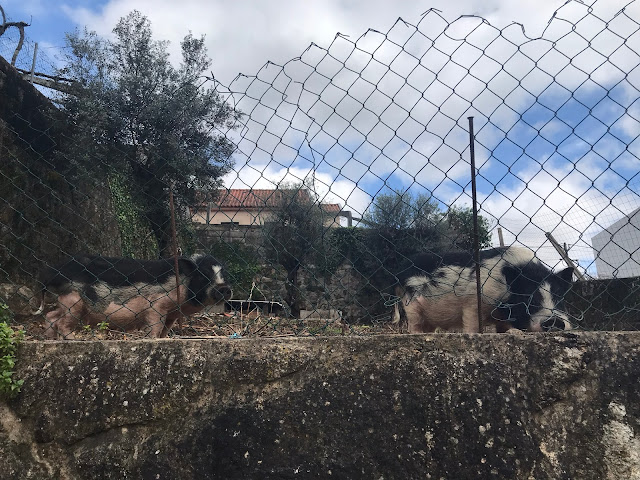
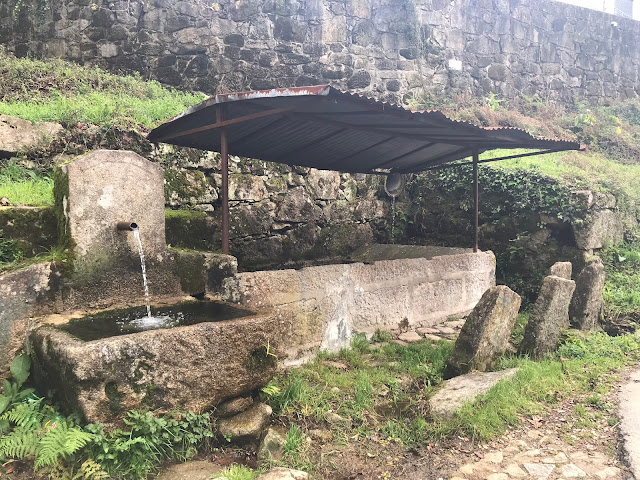





























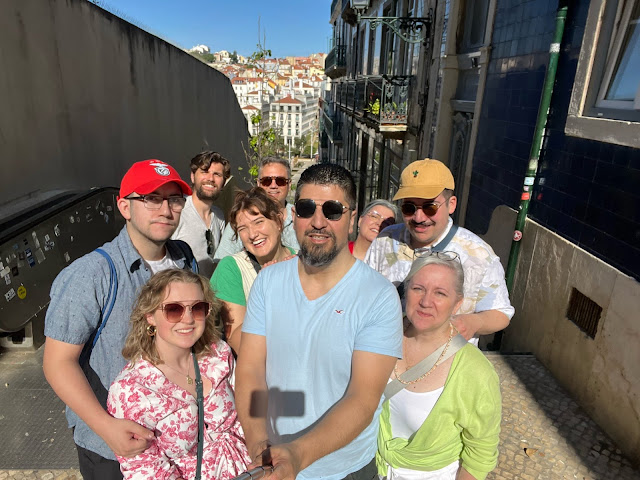


Comments
Post a Comment